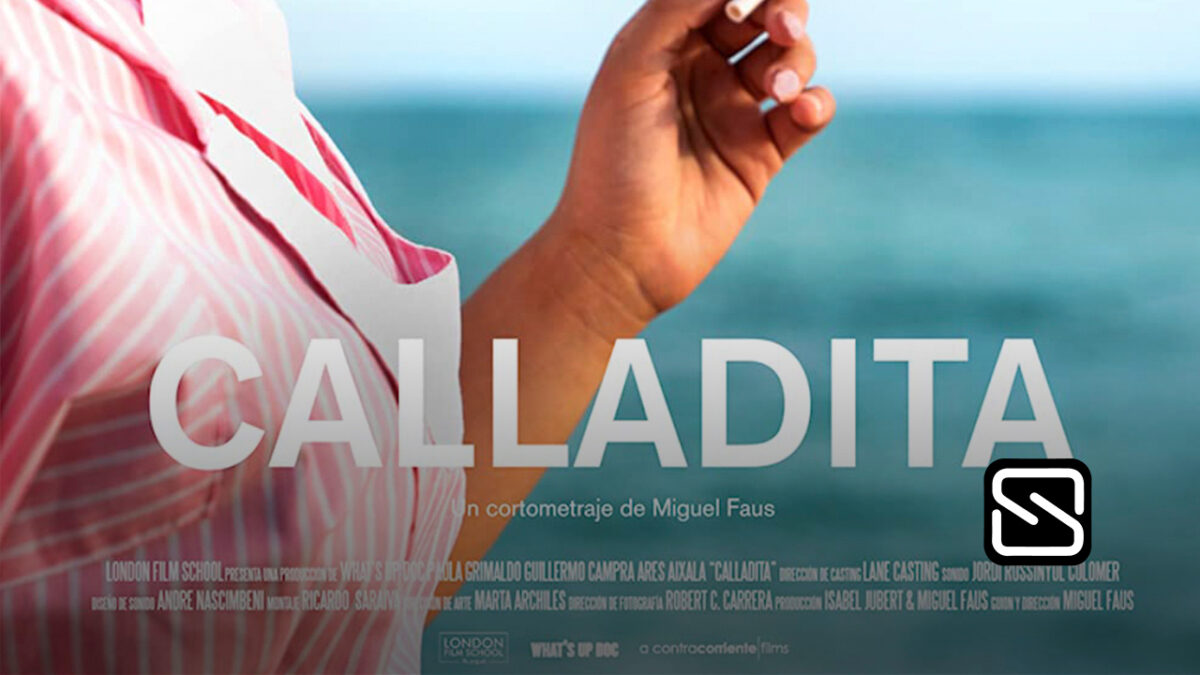Crypto has gained traction in the film business during the previous year. NFTs have been used to distribute films, and nascent DAOs have sprung up to help creators connect with funding sources.
Now, a new generation of independent filmmakers is grabbing the opportunity to break into the industry by funding their projects with cryptocurrencies and non-fungible tokens (NFTs). “The first few films sponsored this way will go down in history,” said writer/director Miguel Faus to Decrypt. “They’ll be trailblazers in a new direction that I believe will be enormous for independent cinema around the world.”
On March 2, Faus’ first feature film, “Calladita,” will launch a crowdfunding campaign, with NFTs as rewards and special bonuses for NFT owners who contribute to the campaign. Unlike a regular Kickstarter or Indiegogo campaign, Faus explained, “The entire reward system has been tainted. The supporters’ and authors’ interests are considerably more aligned now.”
In typical crowdfunding approaches, a big portion of the revenue is used to create physical prizes such as DVDs, posters, or T-shirts, according to Faus. He noted that, unlike traditional digital rewards, NFTs have reduced production costs “It’s a reliable and long-lasting asset that’s always present on the blockchain. And you never know how valuable something will be in the future.”
“Calladita,” which is based on his short film of the same name, depicts the story of Ana, a young Colombian domestic worker who works at a wealthy family’s Spanish vacation home. The feature film will star Paula Grimaldo, who will reprise her role as Ana from the short film, as well as Emily Mortimer of “The Newsroom” and Antonio de la Torre, a two-time Goya award winner. The Executive Producer is Jim Cummings, writer-director of “Thunder Road” and “The Beta Test.”
Backers of the film will earn NFTs in addition to standard crowdfunding prizes like Associate Producer credits, set visits, and costumes and props. There will be stills and footage from the original “Calladita” short film, art inspired by the film, and a one-of-a-kind four-minute short film focusing on Ana that will be available nowhere else. “Ana on an August Day,” a short film, will be owned by only one backer.
“It’s completely unique, and its sole goal is to live as an NFT for the collector, as a one-of-a-kind,” Faus said, adding that the owner could opt to enter it into film festivals.
Other incentives are offered to NFT owners that contribute. Emily Mortimer plays an art gallery owner with a big collection of NFTs in the film, and contributors to the campaign can have their own NFTs shown alongside hers.
Faus has purposefully targeted crypto and NFT enthusiasts rather than cineastes who have not yet dabbled with bitcoin. “I decided to focus 95 percent of my attention on that target,” he told Decrypt, adding that “trying to onboard someone who has never had crypto into buying their first NFT” is still “tough.”
“I opted not to put too much of my attention on it and instead focus on the NFT audience, in my perspective, it is distinct from the crypto crowd,” Faus added.
“In the NFT space, there are a lot of film buffs as well as folks who are enthused by anything new. Even if they aren’t big movie buffs, they are pleased to see a new application for NFTs.”
Finally, he expressed: “This technology has the potential to disrupt the film industry, and it already has. Web3 native will be the Netflix killer.” Because you can trace the creator of the work and its owner with digital ownership, “they can relate to the audience in a way that is a lot cleaner, and empowers both the creator and the audience,” he explained.
Meanwhile, “glorified intermediates” like Netflix and Spotify are being disrupted by a new wave of Web3 film platforms, he added. “OpenSea currently receives 2.5 percent of the profit from NFT sales. If there was a fantastic Netflix competitor that took 50% of the market, that would be a tremendous step forward for Netflix Content Creators.
